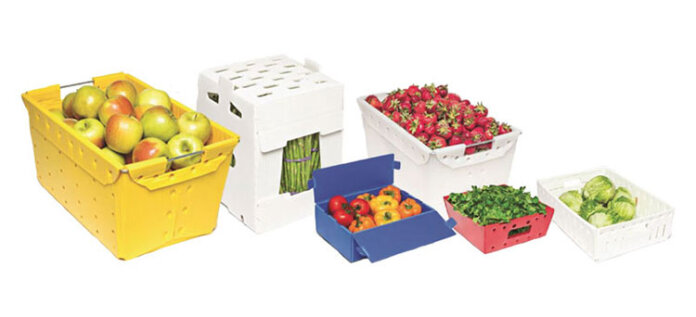Preserve More, Waste Less: How Smarter Packaging Protects Your Food, Health, and the Planet
Every week, perfectly good food ends up in household trash bins — whether it’s mushy berries, wilted greens, or last night’s leftovers gone bad. While it may seem like a minor inconvenience, the reality is that food spoilage has real consequences for your wallet, your well-being, and the environment. One of the simplest ways to address this issue is to rethink the packaging we bring into our homes.
For eco-conscious homeowners and families seeking to make healthier, more sustainable choices, understanding why food spoils and how packaging can help prevent it is more crucial than ever.
The Hidden Costs of Spoiled Food
Spoiled food isn’t just an annoyance — it’s an expensive habit. Globally, food waste amounts to over $1 trillion annually, and a significant portion of this loss occurs right in our own kitchens. On the household level, this can mean hundreds or even thousands of dollars down the drain each year.
But the impact goes beyond your grocery bill. Every spoiled item represents wasted resources — from the water used to grow the food to the fuel used to ship it. Roughly one-third of the world’s freshwater supply goes into producing food that never gets eaten. Once tossed, that food ends up in landfills, where it generates methane, a greenhouse gas significantly more potent than carbon dioxide.
For homeowners trying to reduce their environmental footprint, minimizing food waste is one of the most effective steps they can take.
Why Does Food Spoil So Fast?
Two primary culprits behind spoilage are contamination and moisture buildup.
Contamination often happens during storage or handling. Bacteria and mold thrive in warm, damp environments, and cross-contamination — such as placing raw meat near fresh produce or using unwashed hands to handle food — can significantly accelerate decay. Improper storage, such as using loosely sealed containers or leaving perishables out for too long, exacerbates the problem.
Moisture, meanwhile, silently accelerates spoilage. In high-humidity environments, such as refrigerators, inadequate airflow and weak packaging enable mold to flourish and materials to deteriorate. The result? A faster path from fresh to foul.
Smarter Packaging, Fresher Food
The good news is that food packaging has come a long way. Modern solutions, such as those developed by SeaCa, a plastic packaging company, are designed not only for convenience but also for preservation. Packaging materials like polypropylene corrugated containers, for example, are moisture-resistant, ventilated, and durable—ideal for keeping fruits, vegetables, and bulk foods fresher longer.
Making smarter packaging choices at the grocery store or in your own kitchen can significantly reduce the rate at which food spoils. Opting for reusable, recyclable, or high-quality containers also reduces the use of single-use plastics and landfill waste, providing an added boost to your sustainability efforts.
Spoilage Is More Than Waste — It’s a Health Concern
When food goes bad, it’s not just unappetizing — it can become hazardous. Spoiled food is a leading source of foodborne illness, causing symptoms ranging from mild digestive discomfort to serious health issues. In the U.S., these illnesses cost billions annually in medical care and lost productivity.
Those with vulnerable immune systems, including children and seniors, are especially at risk. Reliable, well-designed packaging provides an extra layer of protection against harmful bacteria, ensuring the food your family eats is safe.
Practical Tips for Reducing Spoilage at Home
You don’t need a complete kitchen overhaul to make a difference. Start with these simple strategies:
✅ Shop smarter: Look for items packaged in breathable, protective materials—especially for produce and perishable goods.
✅ Upgrade your storage: Invest in quality, reusable containers that are designed to resist moisture and prolong freshness.
✅ Manage humidity: Use liners or produce bags that control moisture levels in the fridge. Monitor humidity settings regularly.
✅ Prioritize cleanliness: Keep your kitchen surfaces, containers, and hands clean to prevent cross-contamination.
✅ Plan ahead: Avoid overbuying, and store food in smaller portions to help use it up before it spoils.
A Greener Kitchen Begins with Better Packaging
Reducing food waste doesn’t have to mean drastic lifestyle changes. Small adjustments — such as choosing sustainable and effective packaging and improving storage habits — can have a significant impact on your budget, health, and the planet.
Each choice you make in the kitchen contributes to a larger ripple effect. By storing food more thoughtfully and supporting eco-friendly packaging, you’re extending shelf life, minimizing waste, and building a more sustainable future — one meal at a time.
